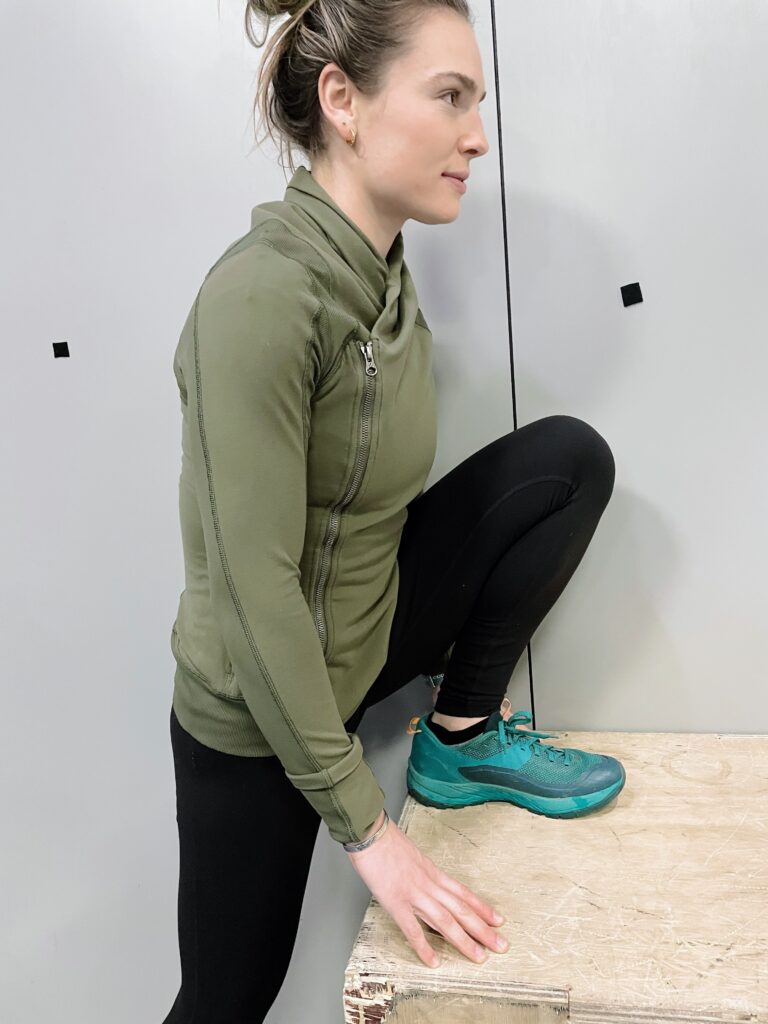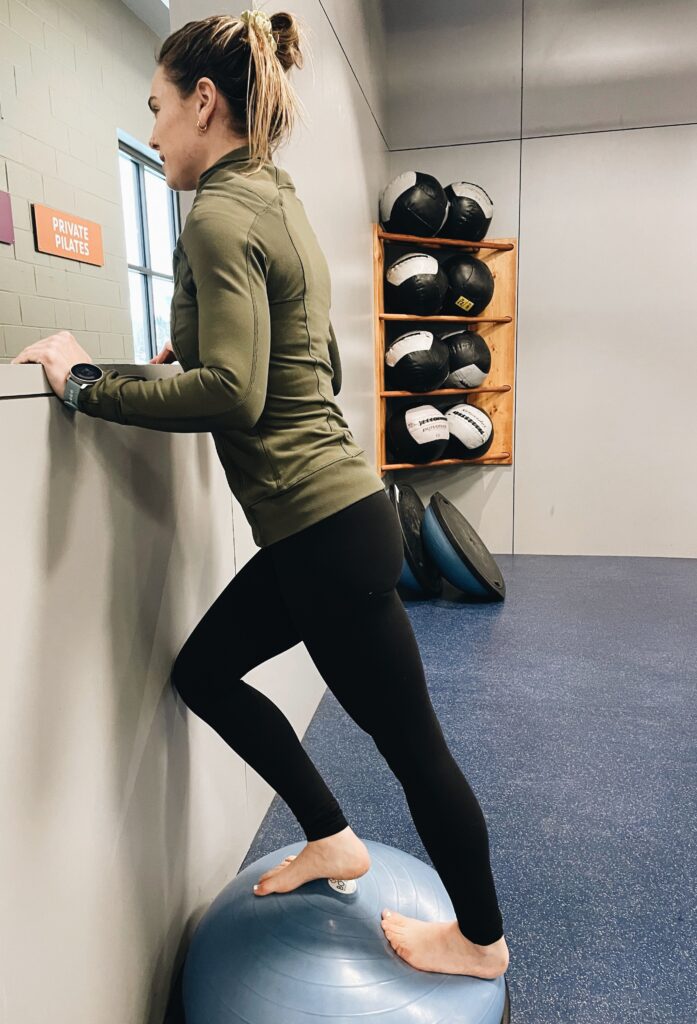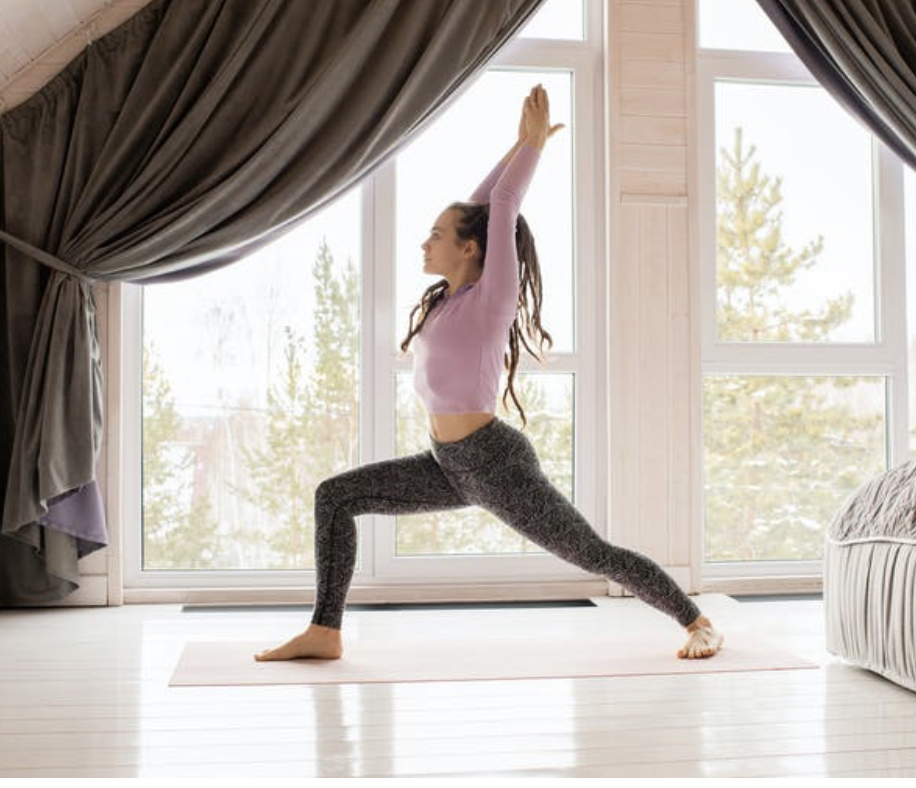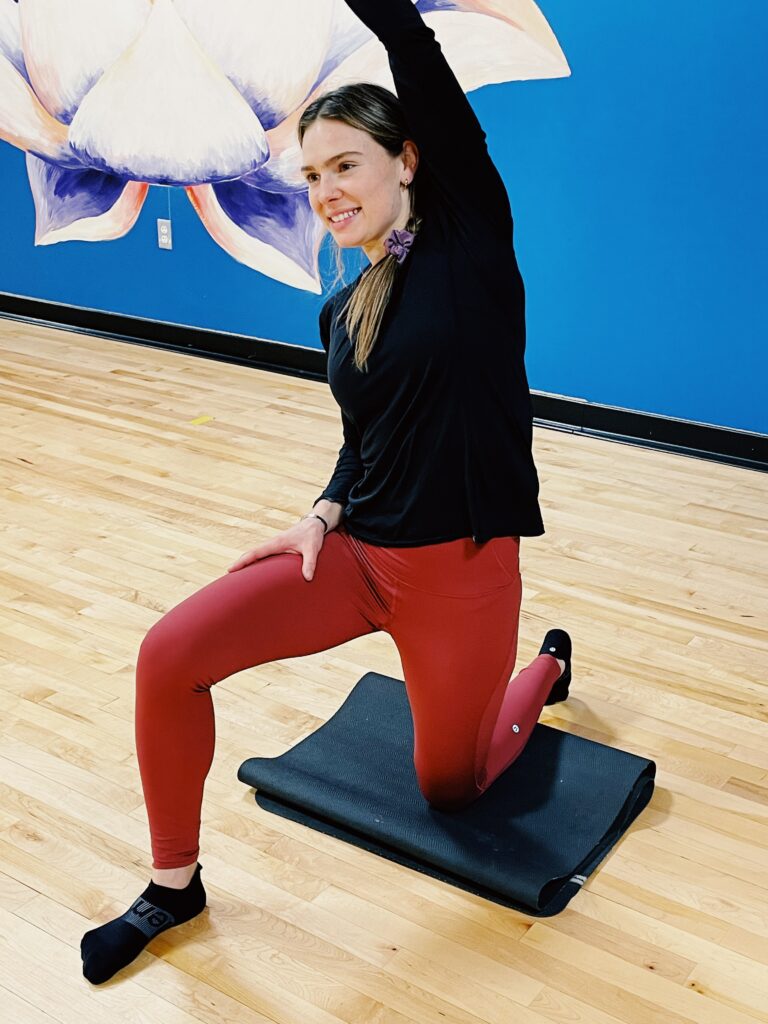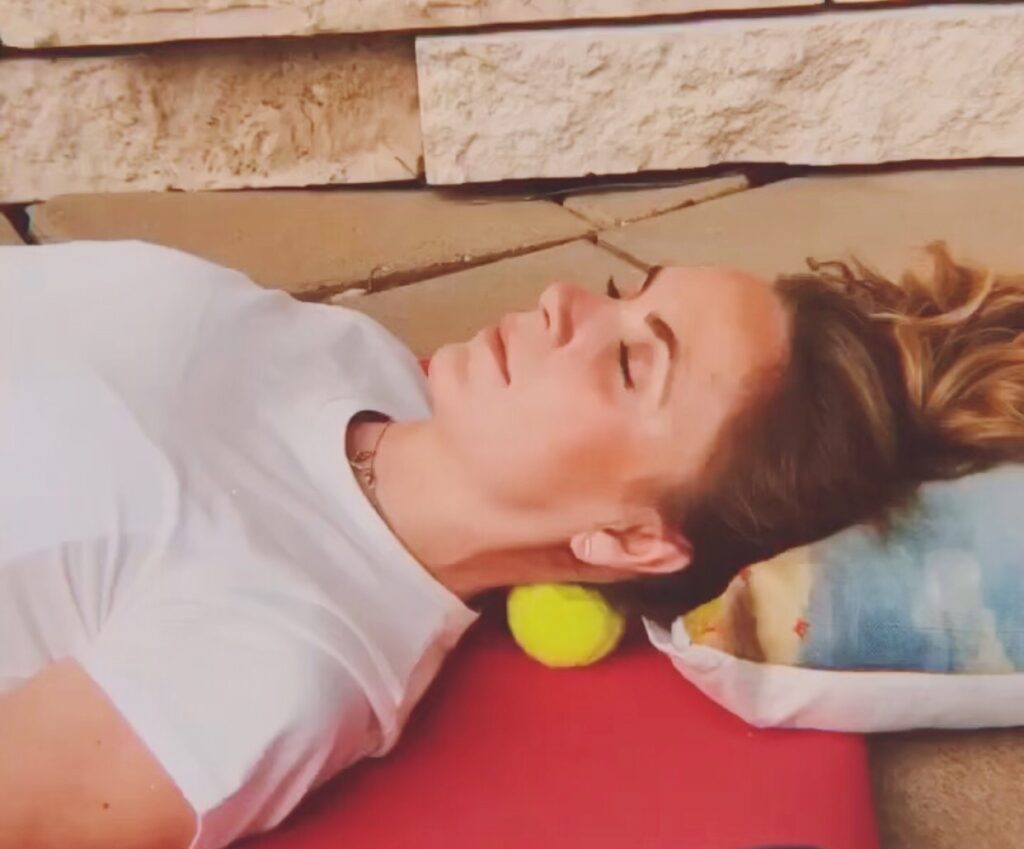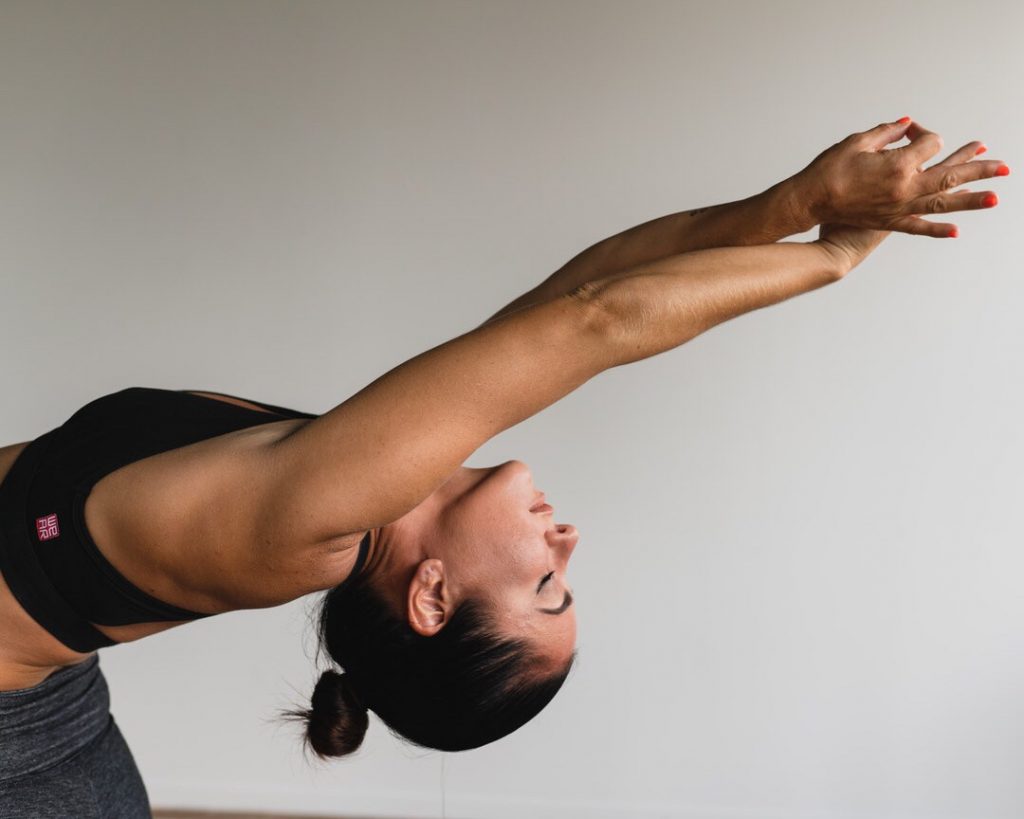
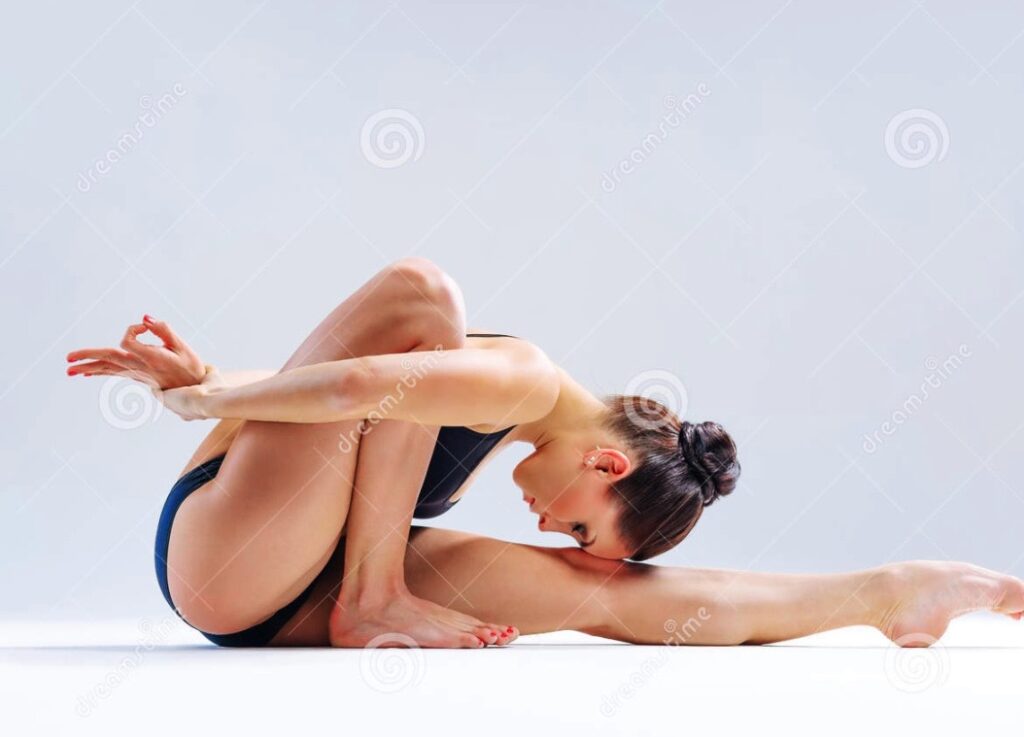
Along with regular physical activity and resistance training, adults whose goal is to improve fitness and health shouldn’t overlook stretching. No matter how stiff or old you are, you can improve your flexibility by starting a stretching program. The American Heart Association, the American College of Sports Medicine and the Physical Activity Guidelines for Americans all recommend including a flexibility program to your week. A deliberate, planned regular program of stretching practiced 2-3 times per week can increase range of motion in approximately 3-4 weeks. Your flexibility may improve in as few as ten sessions with an intensive program.
The benefits of flexibility are vast and determined by your goals. Your objectives may be biological, psychological or philosophical, such as a yoga practice. Stretching feels good, whatever your objective is.
When you stretch, you take soft tissue structures beyond their available length to increase range of motion. Flexibility isn’t a general characteristic, but is specific to a particular joint and joint action. For example, you might have full range of motion in the hip, but not in the foot or ankle.
Here are a few things to consider when embarking on a stretching program.
1.Which types of stretching improve flexibility?
Several types of flexibility exercises can improve your range of motion.
When performed properly, ballistic flexibility—like the “bouncing” or rebounding typically seen in basketball—increases flexibility similar to static stretching.
Dynamic, or functional, flexibility is akin to a ballet dancer slowly raising and holding her leg at a 60-degree angle, and progressively increasing her range of motion as the movement is repeated several times.
Active static stretching involves holding the stretched position using the strength of the agonist muscle, as in yoga.
Also consider PNF and static stretching. Both elicit greater gains in joint range of motion than dynamic or slow-movement stretching.
2. Rolling is time well-spent
Self-myofascial release is another stretching technique that focuses on the muscles and the fascia that surrounds them. It is a massage technique of applying sustained pressure to a knot, adhesion or area that is tight or stiff. Muscle fibers are altered from a bundled position into straighter alignment within the fascia. The goal is to find a tender spot and , with a tennis ball or foam roller, and sustain pressure on that spot for 20-30 seconds.
4. Muscular relaxation of stress and tension
One of the most important benefits of a stretching program is that it can alleviate stress and promote relaxation. A contracted muscle requires more energy than a relaxed one. Tight muscles tend to cut off their own circulation, creating reduced blood supply and waste products accumulating in the cells, potentially causing aches and pains. Stretching helps maintain the normal functional length of all muscles.
5. Poise and posture
Inflexibility in some muscle groups contributes to poor posture. Posture is the position of body parts in relation to each other where minimum stress is applied to each other. Rounded shoulders, for example, can weaken and shorten the pectoral muscles. Stretching the pecs, as well as strengthening the scapular girdle, will improve posture.
6. How long should a stretch be held?
Hold a stretch for 10-30 seconds at the point of tightness or slight discomfort to enhance joint range of motion. Research shows there is little benefit resulting from longer durations. Instead, repeat the stretch three to four times, resulting in 60 seconds of total stretching time per flexibility exercise. Older people will achieve greater improvements with longer holds, between 30-60 seconds.


